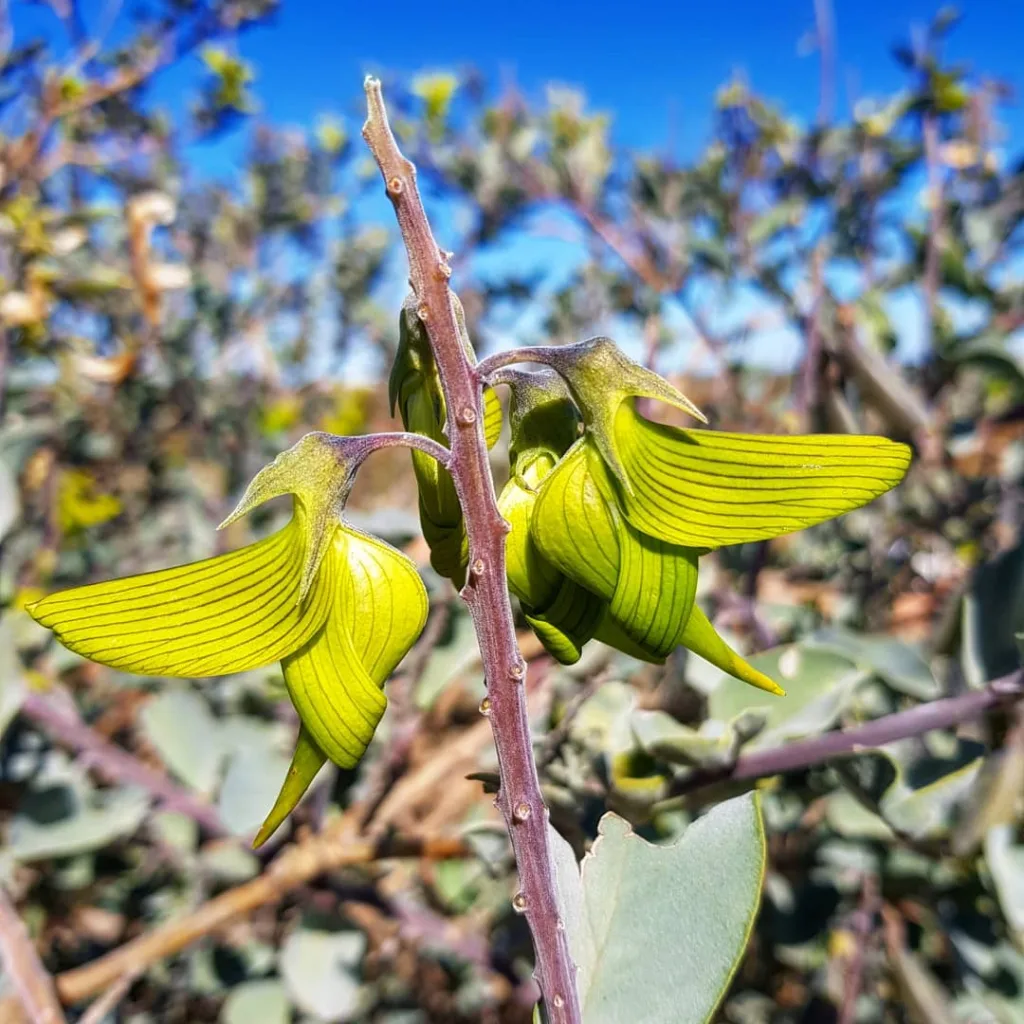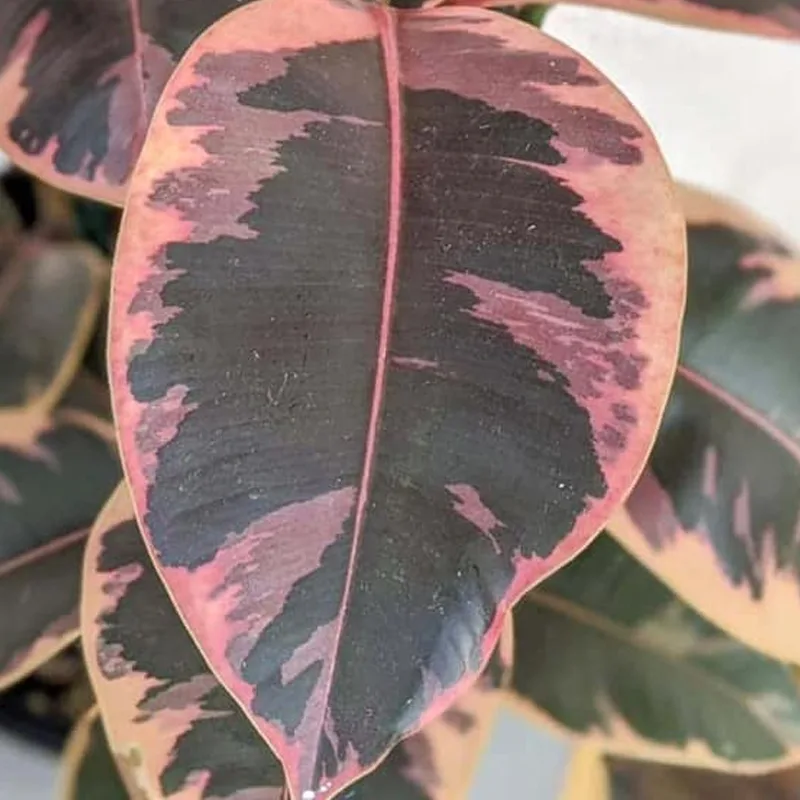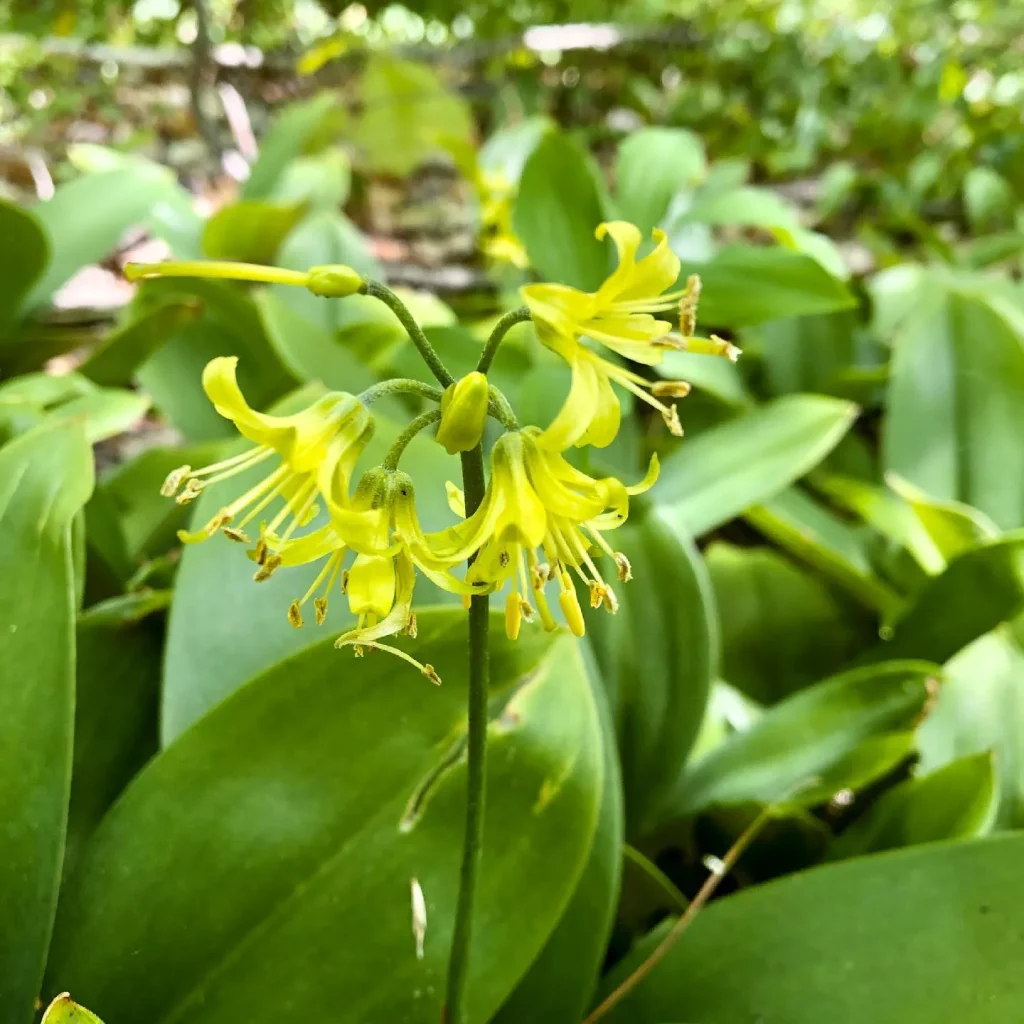Exploring the Lacistemataceae Family: Lacistema and Lozania
When diving into the plant world, I often find myself drawn to the less talked about families. One of those is Lacistemataceae, a small but intriguing family of flowering plants. This family, though not commonly discussed in gardening circles, has caught my attention for its adaptability and unique characteristics. Lacistemataceae mainly includes the genera Lacistema and Lozania.
Understanding these genera can offer fresh insights into plant ecology, and for those of us who enjoy exploring new plant families, it’s worth taking the time to get to know them.
What is the Lacistemataceae Family?
The Lacistemataceae family is part of the order Malpighiales, which also includes families like Euphorbiaceae and Passifloraceae. Though Lacistemataceae is relatively small, it’s packed with unique plants mostly native to tropical and subtropical regions in the Americas. They thrive in wet environments like riverbanks and forest understories, which makes them a key player in certain ecosystems.
One of the things I love about studying families like Lacistemataceae is how they contribute to biodiversity. Many of the plants in this family are small trees or shrubs. Though they may not be as showy as some other tropical plants, they have an understated elegance that comes from their simple leaves and small flowers.
Lacistema: A Genus of Simplicity
The genus Lacistema is the larger of the two in this family. It consists of several species of shrubs and small trees, most of which are native to the rainforests of Central and South America. Lacistema pubescens is perhaps the most well-known species. It has elongated leaves and small, inconspicuous flowers. I find the simplicity of Lacistema species fascinating. They blend into their environment so well that you might not notice them on first glance.
What makes Lacistema interesting is its ecological role. These plants are often found in floodplain forests, where their roots help stabilize soil and prevent erosion. They also provide shelter for various animals, from birds to insects. When I think of plants with a quiet but essential role in their habitat, Lacistema is one of the first that comes to mind.
From a botanical perspective, Lacistema plants are classified by their alternate leaves, lack of petals, and tiny flowers clustered in spikes. The flowers are typically wind-pollinated, which is why they don’t need bright, eye-catching petals to attract pollinators.
Lozania: Lesser Known But Equally Important
The other main genus in this family is Lozania, which, although not as diverse as Lacistema, has its own unique features. Lozania species are typically larger shrubs or small trees, and like Lacistema, they thrive in tropical environments. One species, Lozania pittieri, is native to the cloud forests of Costa Rica and Colombia, where it plays a critical role in forest ecosystems.
Lozania species have broader leaves compared to Lacistema and are more likely to grow in higher elevations. For plant enthusiasts like me who enjoy digging into the nitty-gritty of plant classification, the morphological differences between these two genera are interesting. Lozania species tend to have more prominent veins in their leaves and slightly larger flowers, though they’re still considered small by most standards.
From an ecological standpoint, Lozania species help maintain biodiversity in the regions they inhabit. Their presence can be a sign of a healthy ecosystem, as they’re often part of complex plant communities that rely on a delicate balance of moisture and soil nutrients.
The Role of Lacistemataceae in Horticulture and Conservation
While the Lacistemataceae family might not be on the radar for most gardeners, it holds importance in the broader context of plant conservation. Many of the habitats where these plants thrive—such as tropical forests and wetlands—are under threat from deforestation and climate change. Understanding and preserving families like Lacistemataceae can help protect these ecosystems.
For those of us interested in plant conservation, this family serves as a reminder that even small, less glamorous plants play a significant role in maintaining ecological balance. Lacistemataceae species are often overlooked, but they are vital for soil health and biodiversity.
If you’re a botanist or a plant enthusiast looking to explore something off the beaten path, consider studying or even planting species from the Lacistemataceae family. Though they may not be as visually striking as some other tropical plants, their subtle presence adds a layer of complexity to the environments they inhabit.
Why I’m Fascinated by Lacistemataceae
I’ve always been drawn to plants that don’t get the attention they deserve, and Lacistemataceae fits that bill perfectly. Its quiet beauty lies in the fact that these plants are essential to the environments where they grow, yet they don’t demand attention. They work behind the scenes, providing structure and support for more prominent species in their ecosystems.
Studying Lacistemataceae has reminded me that every plant, no matter how small or simple, plays a role in the grander scheme of things. Whether you’re a plant enthusiast or a conservationist, there’s value in appreciating the subtle contributions of plants like Lacistema and Lozania.
In conclusion, the Lacistemataceae family, though small and underappreciated, offers a unique perspective on plant ecology and conservation. Its two main genera, Lacistema and Lozania, exemplify the quiet yet crucial role that plants play in maintaining the health of ecosystems. Exploring these plants has deepened my appreciation for the diversity of the natural world, and I hope it sparks curiosity in others as well.
If i die, water my plants!



